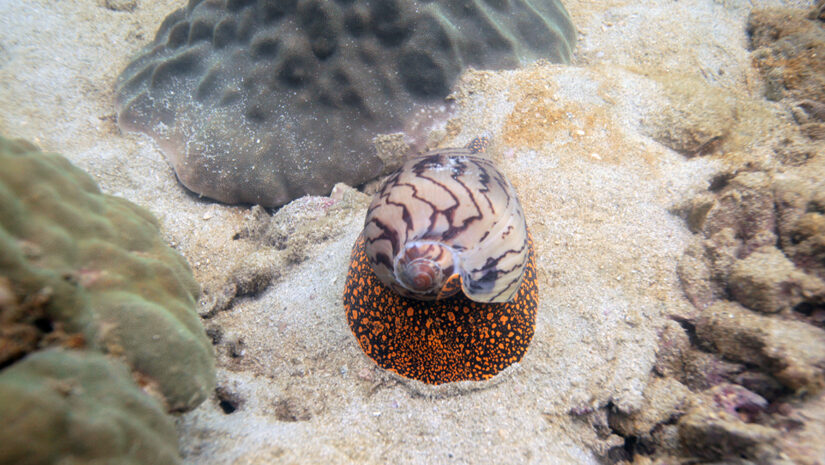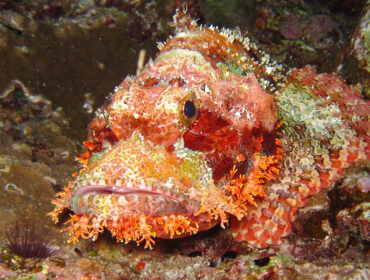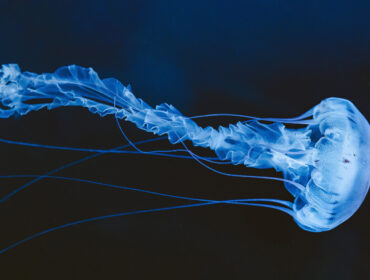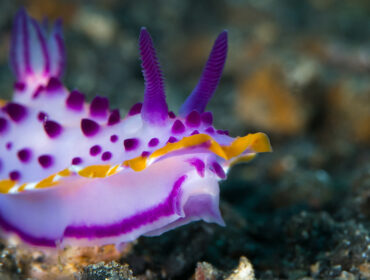Nearly everyone is familiar with the pretty shell of the cone snail, available in coastal gift shops and in various crafts and arts around the world. Most people don’t know the predatory nature of the creature inhabiting that lovely shell and why it is one of the most fearsome invertebrates on the tropical reef.
Cone snails Facts
They come from a vast genus of predatory sea snails. These creatures are widely recognized by their geometrically shaped cone shell, often with intricate and colorful markings on the exterior. Although they have two eyes that protrude from inside the shell on stalks, cone snails use their powerful sense of smell to detect their prey, which includes marine worms, mollusks, and small fish.
Inside the Body of a Cone Snail
This is where its heavy artillery resides. The cone snail uses a modified tooth shaped like a harpoon, called a toxoglossan radula, to disable its prey. These harpoons are made inside the mouth of the cone snail, and stored in a radula sac inside the snail’s throat, save for the one in the chamber that is cocked and loaded, still attached to the tip of the radula sac. Each harpoon contains venom from a poison sac inside the radula sac.
When a Cone Snail Feels Threatened
When ready to strike, it extends a long, flexible organ called the proboscis toward its prey, where a harpoon is prepared to be fired. A muscular muscle contraction shoots the harpoon into the victim’s flesh, and paralysis immediately sets in. They retract the radula back toward the mouth, slowly digesting its meal. Spines, scales, and the used harpoon are regurgitated afterward, and a new harpoon will replace the lost one.
Because they also use this harpoon as a self-defense method, humans should recognize a cone snail when they see one. The cone snail’s venom contains hundreds of compounds and varies widely between species, but some are powerful enough to be fatal to humans. Unwitting victims of cone snail envenomation may experience symptoms on the lower end of severity, such as localized pain, swelling, numbness, and vomiting. Still, victims of more powerful snails can face muscular paralysis, impaired vision, and even respiratory failure that leads to death.
Pro Tip: Take nothing but pictures, leave nothing but bubbles!





